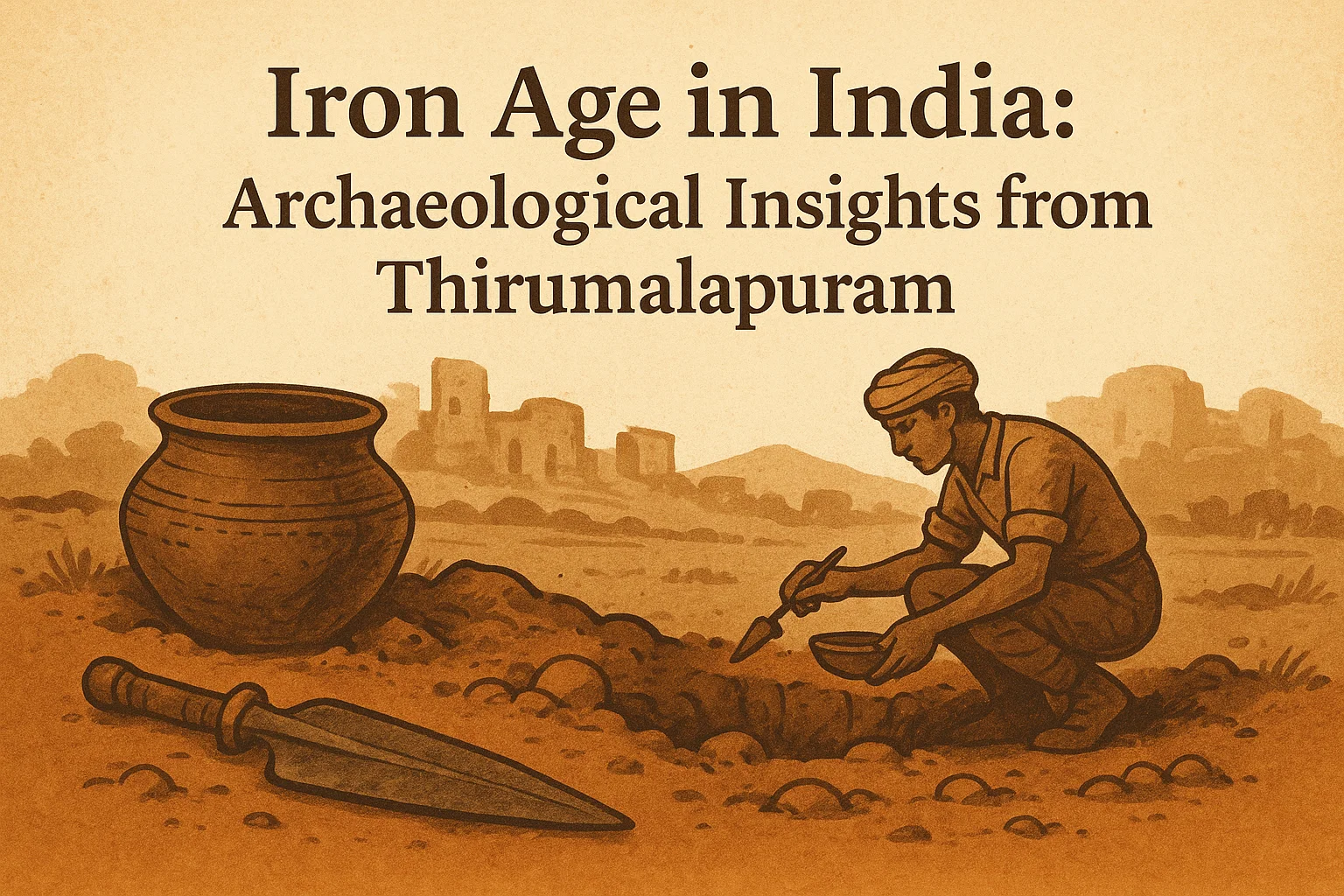Font size:
Print
India Launches First Genome-Edited Rice Varieties
For the first time, 2 new genome-edited rice varieties: Why is this such a major breakthrough for ICAR and India’s agriculture?
Context: In a historic scientific breakthrough, Union Agriculture Minister Shivraj Singh Chouhan on May 4, 2025, released India’s first two genome-edited rice varieties — DRR Dhan 100 (Kamala) and Pusa DST Rice 1.
More on News
- Developed by the Indian Council of Agricultural Research (ICAR) using CRISPR-Cas9 genome-editing technology, marking a first-of-its-kind achievement in the country.
- The breakthrough represents a major leap in developing climate-resilient, water-efficient, and high-yielding rice without introducing foreign DNA.
Key Highlights of the New Rice Varieties
DRR Dhan 100 (Kamala):
- Developed by the ICAR-Indian Institute of Rice Research (ICAR-IIRR), Hyderabad, DRR Dhan 100 — branded as ‘Kamala’ — is a genome-edited version of the popular Samba Mahsuri (BPT 5204).
- Editing Target: The Cytokinin Oxidase 2 (CKX2) gene, also known as Gn1a, was edited using the Site Directed Nuclease 1 (SDN1) technique to increase grain numbers per panicle.
- Performance: Kamala matures 20 days earlier (~130 days) than its parent and has shown a 19% increase in yield in multi-location trials.
- Yield Stats:
- Average yield: 5.37 tonnes/ha (vs. 4.5 tonnes/ha for Samba Mahsuri)
- Potential yield under optimal conditions: Up to 9 tonnes/ha
- Additional Traits: Drought tolerance, high nitrogen-use efficiency, and retention of Samba Mahsuri’s popular grain and cooking quality.
- Recommended Zones: Zones III, V, and VII, covering states like Andhra Pradesh, Telangana, Karnataka, Tamil Nadu, Kerala, Maharashtra, MP, UP, Bihar, Odisha, and West Bengal.
Pusa DST Rice 1:
- Developed by the ICAR-Indian Agricultural Research Institute (ICAR-IARI), New Delhi, Pusa DST Rice 1 is based on the widely grown MTU 1010 variety. It targets the Drought and Salt Tolerance (DST) gene using the SDN1 method.
- Key Traits: Enhanced resilience to inland salinity, alkaline soils, and coastal salinity, along with improved yields.
- No Foreign DNA: Like Kamala, this variety contains no foreign DNA, making it similar to naturally occurring mutations.
- Yield Performance Compared to MTU 1010:
- Inland Salinity: 3,508 kg/ha (+9.66%)
- Alkaline Soils: 3,731 kg/ha (+14.66%)
- Coastal Salinity: 2,493 kg/ha (+30.4%)
- Recommended Zones: Suitable for cultivation in the same major rice-producing states as Kamala, especially in salinity-affected areas.
The Practical Benefits for Indian Agriculture
- According to ICAR, cultivating these two genome-edited rice varieties on 5 million hectares of the recommended area will result in:
- An additional 4.5 million tonnes of paddy production
- 20% reduction in greenhouse gas emissions, saving 32,000 tonnes of emissions
- Water Conservation: Kamala’s shorter maturity duration will save three irrigations, leading to a total savings of 7,500 million cubic metres of irrigation water — a critical benefit in water-stressed regions
Regulatory Approvals and Biosafety Clearance
- Both Kamala and Pusa DST Rice 1 have been developed using CRISPR-Cas9, a Nobel Prize-winning genome-editing technology. This technique allows precise edits to native genes without inserting foreign DNA, falling under the SDN1 and SDN2 regulatory categories.
- Regulatory Status: These genome-edited crops are exempt from stringent biosafety regulations under Rules 7-11 of the Environment (Protection) Act, 1986.
- Approvals Received:
- Institutional Biosafety Committees (IBC) clearance
- Review Committee on Genetic Manipulation (RCGM) clearance granted on May 31, 2023
- Recognized under India’s relaxed genome-editing regulatory framework
- IPR Concerns: Some concerns around Intellectual Property Rights (IPR) of the CRISPR-Cas9 technology exist but are being addressed, according to ICAR.
Why This is a Game-Changer?
- Paddy is India’s main kharif crop, grown on one-third of the country’s total foodgrain area. It contributes 40% to the national foodgrain basket and is central to India’s food security.
- Area under Paddy (2020): 45 million hectares (highest in the world)
- Paddy Production (India): 186.5 million tonnes (2nd after China’s 211 million tonnes)
- India’s Yield: 4,138 kg/ha — lower than the global average (4,717 kg/ha) and other major producers like China (7,043 kg/ha), Indonesia (5,128 kg/ha), and Bangladesh (4,809 kg/ha)
- The introduction of genome-edited varieties like Kamala and Pusa DST Rice 1 is a crucial step toward closing India’s yield gap and boosting climate-smart agriculture.
What’s Next for Genome Editing in Indian Agriculture?
- India has ambitious plans to extend genome-editing technologies to other crucial crops.
- Target Crops: Research initiatives are underway for oilseeds and pulses.
- Budget Allocation: The Indian government has earmarked ₹500 crore for genome-editing research in agricultural crops.
- Other Achievements: The University of Delhi has also developed a genome-edited variety of mustard.

